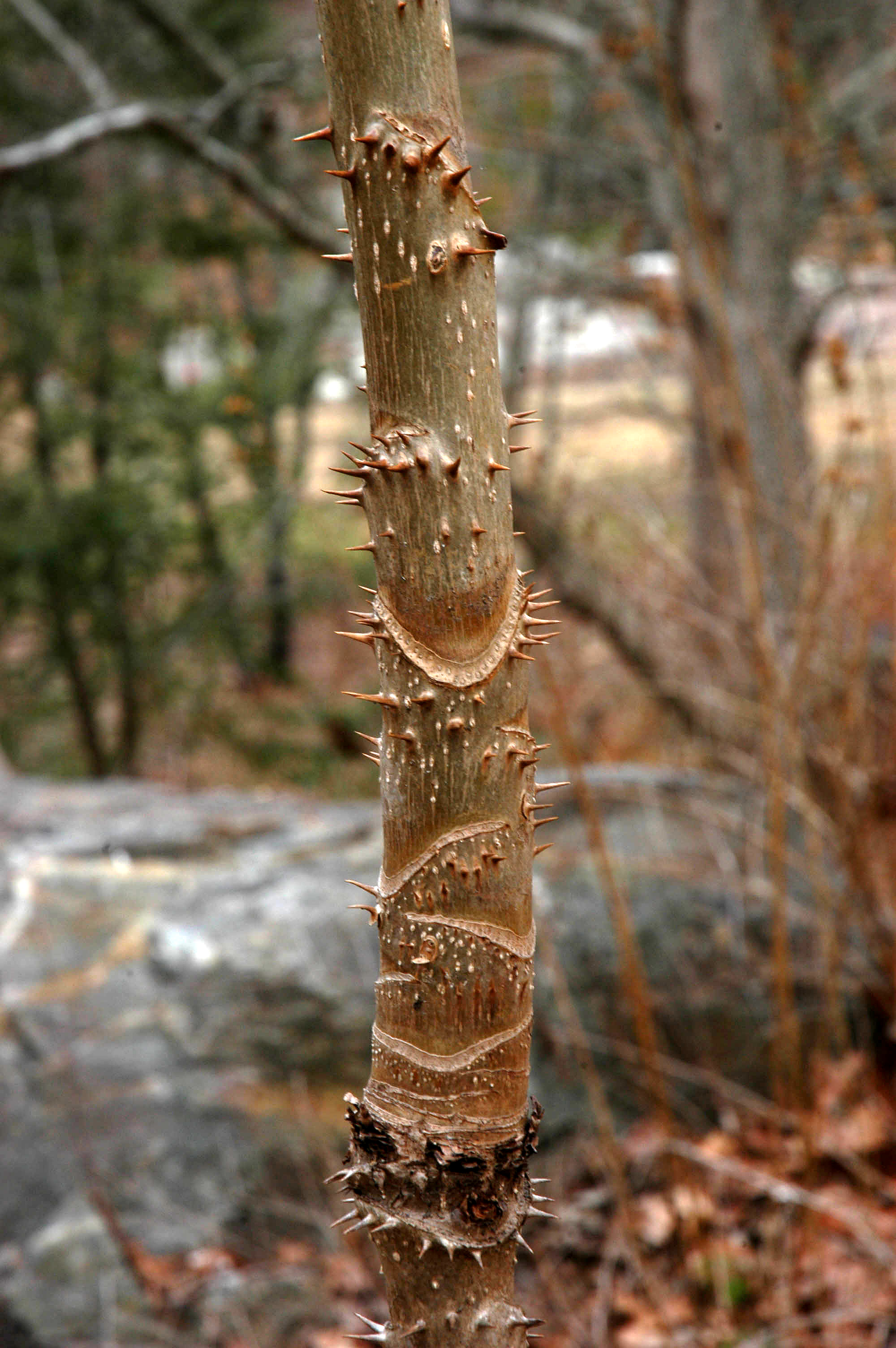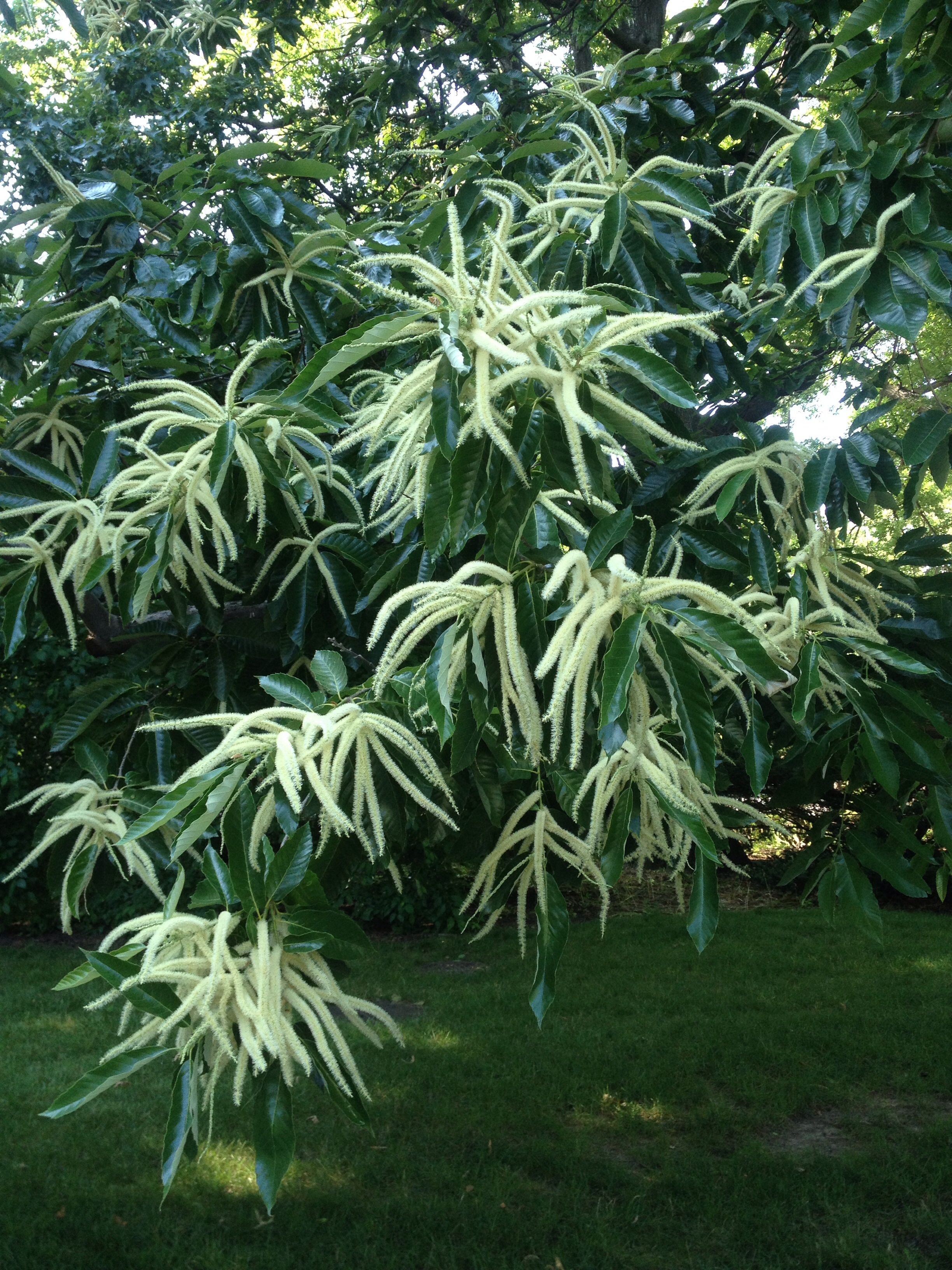|
Fell Arboretum
The Fell Arboretum is an arboretum located across the campus of Illinois State University in Normal, Illinois. Early plans for the arboretum began in 1858 when Jesse W. Fell, founder of Illinois State University, contacted landscape designer William Saunders (botanist). Saunders planned a layout for what would eventually become The Quad for the university's campus. In 1867, Jesse Fell obtained $3,000 from the state legislature for campus landscaping. Fell planted 1,740 trees on campus that year and 107 trees the following year. An enthusiastic tree planter, Fell wished the campus to contain every tree native to Illinois. In 1995 the campus was formally registered as an arboretum and named in Fell's honor. Samples The arboretum contains over 4,000 trees representing over 100 varieties. Each tree is numbered, marked, and mapped. species represented include: * ''Abies concolor'' * '' Acer ginnala'' * ''Acer griseum'' * '' Acer platanoides'' * ''Acer rubrum'' * '' Acer sacchar ... [...More Info...] [...Related Items...] OR: [Wikipedia] [Google] [Baidu] |
Aralia Spinosa
''Aralia spinosa'', commonly known as devil's walking stick, is a woody species of plant in the genus ''Aralia'', family Araliaceae, native to eastern North America. The various names refer to the viciously sharp, spiny stems, petioles, and even leaf midribs. It has also been known as Angelica-tree. This species is sometimes called Hercules' club, prickly ash, or prickly elder, common names it shares with the unrelated ''Zanthoxylum clava-herculis''. For this reason, ''Aralia spinosa'' is sometimes confused with that species and mistakenly called the ''toothache tree'', but it does not have the medicinal properties of ''Zanthoxylum clava-herculis''. ''Aralia spinosa'' is occasionally cultivated for its exotic, tropical appearance, having large lacy compound leaves. It is closely related to the Asian species ''Aralia elata'', a more commonly cultivated species with which it is easily confused. Description ''Aralia spinosa'' is an aromatic spiny deciduous shrub or small tree growi ... [...More Info...] [...Related Items...] OR: [Wikipedia] [Google] [Baidu] |
Cornus Mas
''Cornus mas'', commonly known as cornel (also the Cornelian cherry, European cornel or Cornelian cherry dogwood), is a species of shrub or small tree in the dogwood genus ''Cornus'' native to Southern Europe and Southwestern Asia. Description It is a medium to large deciduous shrub or small tree growing to 5–12 m tall, with dark brown branches and greenish twigs. The leaves are opposite, 4–10 cm long and 2–4 cm broad, with an ovate to oblong shape and an entire margin. The flowers are small (5–10 mm in diameter), with four yellow petals, produced in clusters of 10–25 together in the late winter (between February and March in the UK), well before the leaves appear. The fruit is an oblong red drupe 2 cm long and 1.5 cm in diameter, containing a single seed. Uses Fruit The fruits are red berries. When ripe on the plant, they bear a resemblance to coffee berries, and ripen in mid- to late summer. The fruit is edible, as used in Eastern ... [...More Info...] [...Related Items...] OR: [Wikipedia] [Google] [Baidu] |
Cladrastis Kentukea
''Cladrastis kentukea'', the Kentucky yellowwood or American yellowwood (syn. ''C. lutea'', ''C. tinctoria''), is a species of ''Cladrastis'' native to the Southeastern United States, with a restricted range from western North Carolina west to eastern Oklahoma, and from southern Missouri and Indiana south to central Alabama. The tree is sometimes also called Virgilia. Description ''Cladrastis kentukea'' is a small to medium-sized deciduous tree typically growing tall, exceptionally to tall, with a broad, rounded crown and smooth gray bark. The leaves are compound pinnate, 20–30 cm long, with 5-11 (mostly 7-9) alternately arranged leaflets; each leaflet broad ovate with an acute apex; 6–13 cm long and 3–7 cm broad, with an entire margin and a thinly to densely hairy underside. In the fall, the leaves turn a mix of yellow, gold, and orange. The flowers are fragrant, white, produced in ''Wisteria''-like racemes 15–30 cm long. Flowering is in early ... [...More Info...] [...Related Items...] OR: [Wikipedia] [Google] [Baidu] |
Cercis Canadensis
''Cercis canadensis'', the eastern redbud, is a large deciduous shrub or small tree, native to eastern North America from southern Michigan south to central Mexico, east to New Jersey. Species thrive as far west as California and as far north as southern Ontario, roughly corresponding to USDA hardiness zone 6b. It is the state tree of Oklahoma. Description The eastern redbud typically grows to tall with an spread. It generally has a short, often twisted trunk and spreading branches. A 10-year-old tree will generally be around tall. The bark is dark in color, smooth, later scaly with ridges somewhat apparent, sometimes with maroon patches. The twigs are slender and zigzag, nearly black in color, spotted with lighter lenticels. The winter buds are tiny, rounded and dark red to chestnut in color. The leaves are alternate, simple, and heart shaped with an entire margin, long and wide, thin and papery, and may be slightly hairy below. The flowers are showy, light to dark magent ... [...More Info...] [...Related Items...] OR: [Wikipedia] [Google] [Baidu] |
Cercidiphyllum Japonicum
''Cercidiphyllum japonicum'', known as the katsura (from its Japanese name カツラ, 桂), is a species of flowering tree in the family Cercidiphyllaceae native to China and Japan. It is sometimes called ''caramel tree'' for the light caramel smell it emits during leaf fall. Description The tree is deciduous and grows to 10–45 meters tall, with a trunk diameter of up to 2 meters (rarely more).Andrews, S. (1998, 1999). Tree of the Year: ''Cercidiphyllum japonicum''. ''International Dendrology Society Yearbook'' 1997: 17-45; 1998: 33-38.Flora of China''Cercidiphyllum japonicum''/ref>Chen, C., Liu, Y-H., Fu, C-X., & Qiu, Y-X. (2010). New microsatellite markers for the rare plant ''Cercidiphyllum japonicum'' and their utility for ''Cercidiphyllum magnificum''. ''Amer. J. Bot''. 97 (9): e82–e8full text The shoots are dimorphic, with long shoots forming the structure of the branches and short shoots being born from their second year onward. The leaves are produced in opposite pa ... [...More Info...] [...Related Items...] OR: [Wikipedia] [Google] [Baidu] |
Celtis Occidentalis
''Celtis occidentalis'', commonly known as the common hackberry, is a large deciduous tree native to North America. It is also known as the nettletree, sugarberry, beaverwood, northern hackberry, and American hackberry. It is a moderately long-lived hardwood with a light-colored wood, yellowish gray to light brown with yellow streaks. The common hackberry is easily distinguished from elms and ''some'' other hackberries by its cork-like bark with wart-like protuberances. The leaves are distinctly asymmetrical and coarse-textured. It produces small fruits that turn orange-red to dark purple in the autumn, often staying on the trees for several months. The common hackberry is easily confused with the sugarberry (''Celtis laevigata'') and is most easily distinguished by range and habitat. The common hackberry also has wider leaves that are coarser above than the sugarberry. Description The common hackberry is a medium-sized tree, in height, with a slender trunk. In the bes ... [...More Info...] [...Related Items...] OR: [Wikipedia] [Google] [Baidu] |
Catalpa Speciosa
''Catalpa speciosa'', commonly known as the northern catalpa, hardy catalpa, western catalpa, cigar tree, catawba-tree, or ''bois chavanon'', is a species of '' Catalpa'' native to the midwestern United States. The Latin specific epithet ''speciosa'' means “showy”. Description It is a medium-sized, deciduous tree growing to 15–30 meters tall and 12 meters wide. It has a trunk up to 1 m diameter, with brown to gray bark maturing into hard plates or ridges. The leaves are deciduous, opposite (or whorled), large, heart shaped, 20–30 cm long and 15–20 cm broad, pointed at the tip and softly hairy beneath. The leaves generally do not color in autumn before falling, instead, they either fall abruptly after the first hard freeze, or turn a slightly yellow-brown before dropping off. The catalpa tree is the last tree to grow leaves in the spring. The winter twigs of northern catalpa are like those of few other trees, having sunken leaf scars that resemble suction cu ... [...More Info...] [...Related Items...] OR: [Wikipedia] [Google] [Baidu] |
Castanea Mollissima
''Castanea mollissima'' (), also known as the Chinese chestnut, is a member of the family Fagaceae, and a species of chestnut native to China, Taiwan, and Korea. Description It is a deciduous tree growing to 20 m tall with a broad crown. The leaves are alternate, simple, 10–22 cm long and 4.5–8 cm broad, with a toothed margin. The flowers are produced in catkins 4–20 cm long, with the female flowers at the base of the catkin and males on the rest. The fruit is a densely spiny cupule 4–8 cm diameter, containing two or three glossy brown nuts; these are 2–3 cm diameter on wild trees. The scientific name ''mollissima'' derives from the softly downy shoots and young leaves. Taxonomy Synonyms: ''Castanea bungeana'' Blume; ''C. duclouxii'' Dode; ''C. fargesii'' Dode; ''C. formosana'' (Hayata) Hayata; ''C. hupehensis'' Dode; ''C. mollissima'' var. ''pendula'' X. Y. Zhou & Z. D. Zhou; ''C. sativa'' Miller var. ''formosana'' Hayata; ''C. sativa'' ... [...More Info...] [...Related Items...] OR: [Wikipedia] [Google] [Baidu] |
Carya Illinoensis
The pecan (''Carya illinoinensis'') is a species of hickory native to the southern United States and northern Mexico in the region of the Mississippi River. The tree is cultivated for its seed in the southern United States, primarily in Georgia, New Mexico, Texas, and Mexico, which produces nearly half of the world total. The seed is an edible nut used as a snack and in various recipes, such as praline candy and pecan pie. The pecan is the state nut of Alabama, Arkansas, California, and Texas and is also the state tree of Texas. Name "Pecan" is from an Algonquin word, variously referring to pecans, walnuts, and hickory nuts. There are many pronunciations, some regional and others not.See "Pecan" at Wiktionary. The most common American pronunciation is . There is little agreement in the United States regarding the "correct" pronunciation, even regionally. Growth The pecan tree is a large deciduous tree, growing to in height, rarely to .Flora of North America''Carya illino ... [...More Info...] [...Related Items...] OR: [Wikipedia] [Google] [Baidu] |
Carpinus Caroliniana
''Carpinus caroliniana'', the American hornbeam, is a small hardwood tree in the genus ''Carpinus''. American hornbeam is also known as blue-beech, ironwood, musclewood and muscle beech. It is native to eastern North America, from Minnesota and southern Ontario east to Maine, and south to eastern Texas and northern Florida. It also grows in Canada (southwest Quebec and southeast Ontario). It occurs naturally in shaded areas with moist soil, particularly near the banks of streams or rivers, and is often a natural constituent understory species of the riverine and maritime forests of eastern temperate North America. Description American hornbeam is a small tree reaching heights of , rarely , and often has a fluted and crooked trunk. The bark is smooth and greenish-grey, becoming shallowly fissured in all old trees. The leaves are alternate, long, with prominent veins giving a distinctive corrugated texture, and a serrated margin. The male and female catkins appear in spring at t ... [...More Info...] [...Related Items...] OR: [Wikipedia] [Google] [Baidu] |
Broussonetia Papyrifera
The paper mulberry (''Broussonetia papyrifera'', syn. ''Morus papyrifera'' L.) is a species of flowering plant in the family Moraceae. It is native to Asia,''Broussonetia papyrifera''. Flora of North America. where its range includes , China, Japan, Korea, Southeast Asia, , and India. It is widely cultivated elsewhere and it grows as an in parts of Europe, the United States, and Africa. [...More Info...] [...Related Items...] OR: [Wikipedia] [Google] [Baidu] |





%2C_Chicago%2C_IL.jpg)


